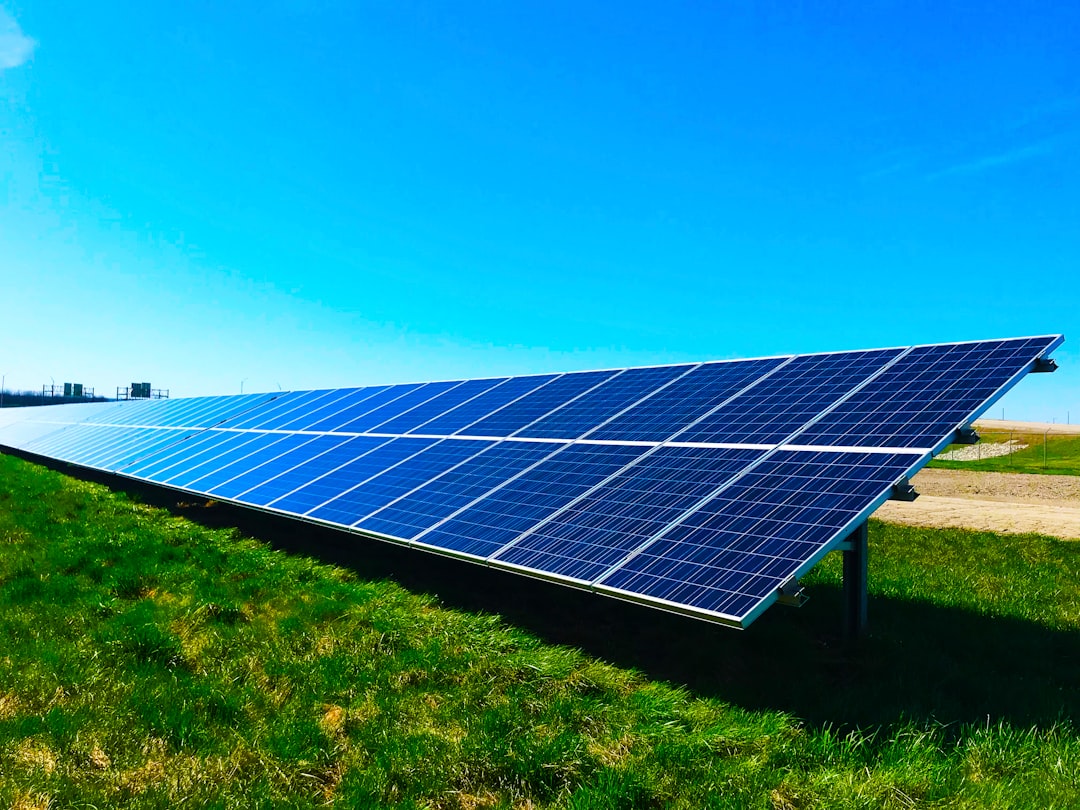What is it about?
Previous studies reported that the drying time of a respiratory droplet on an impermeable surface along with a residual film left on it is correlated with coronavirus survival time. Notably, earlier virus titer measurements revealed that the survival time is surprisingly lesser on porous surfaces such as paper, cloth; than that on impermeable surface. Previous studies could not capture this distinct aspect of the porous media. We demonstrate how mass loss of a respiratory droplet and evaporation mechanism of a thin liquid film is modified for the porous media, which leads to a faster decay of the coronavirus on such media. While diffusion-limited evaporation governs mass loss from the bulk droplet for the impermeable surface; a much faster capillary imbibition process dominates the mass loss for the porous material. After the bulk droplet vanishes, a thin liquid film remaining on the exposed solid area serves as a medium for the virus survival. However, the thin film evaporates much faster on porous surface than on impermeable surface. The aforesaid faster film evaporation is attributed to droplet spreading due to the capillary action between contact line and fibers present on the porous surface; and modified effective wetted area due to voids of porous material which leads to an enhanced disjoining pressure within the film, and thereby accelerating the film evaporation. Therefore, the porous materials are lesser susceptible to virus survival. The findings have been compared with the previous virus titer measurements.
Featured Image

Photo by JJ Ying on Unsplash
Why is it important?
Since respiratory droplets play an important role in spreading COVID-19 pandemic, the understanding of drying of such droplets and associated survival of the coronavirus on the surface is of fundamental importance to control the spread of the pandemic. Briefly, in this letter, we have investigated how differently a respiratory droplet interacts with porous surfaces as compared to flat impermeable surfaces, which leads to a significantly shorter survival time of coronavirus on porous surfaces, such as paper, cloth. Recent measurements of virus titer revealed that the virus survival time is surprisingly lesser on porous surfaces such as paper, cloth etc., as compared to that on flat impermeable surfaces. The prior art studies could not capture this distinct feature of the porous surfaces. In this letter, we have deciphered by experiments and theoretical modelling that for the case of porous surfaces, capillary imbibition and the fibrous-porous structure induced modification in the effective wetted area causes a faster loss of bulk droplet volume followed by an enhanced evaporation of the thin liquid film left over the surface after the decay of the bulk droplet. The findings have been compared with the measurements involving virus titer and a reasonable agreement has been obtained. Thus, the present letter successfully explains why the previous measurements with virus titer revealed a surprisingly lesser virus survival time on porous material surfaces. The insights gained from the present study is thus important to demonstrate safety aspects of different objects of daily use and thereby raising public awareness, mitigating the spread of COVID-19. The findings are important for policymakers who are involved in opening of schools, and also for those associated with garment factories/cloth outlets and packaging industries.
Read the Original
This page is a summary of: Why coronavirus survives longer on impermeable than porous surfaces, Physics of Fluids, February 2021, American Institute of Physics,
DOI: 10.1063/5.0037924.
You can read the full text:
Contributors
The following have contributed to this page










